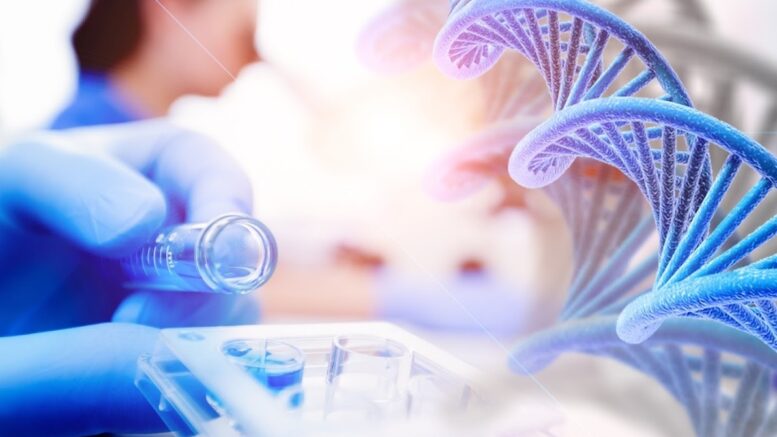When it comes to regenerative treatment in London, there are a lot of options out there. However, if you’re unsure as to whether you’d benefit from regenerative medicine, being armed with some solid facts about the medical benefits and practices is essential for choosing the best treatment for you.
Here we’ve collected an insightful guide to regenerative medicine and its benefits, as well as the most commonly used methods available today.
What Exactly is Regenerative Medicine?
In the simplest terms, regenerative medicine aims to replace organs or tissues that have suffered damage from a variety of things like disease, trauma, the effects of aging, and congenital issues. More traditional medicine focuses on treating the symptoms of these issues, whereas regenerative medicine is designed to revitalise your body by using specialised cellular therapies to jumpstart the healing process and rebuild new tissue, in addition to other medical devices and the use of artificial organs.
Using different therapies combining some of the processes mentioned above is one of the ways regenerative medicine specialists accelerate the body’s natural healing process. The therapies focus on the areas of your body that need the most help, like a particular function or organ. Regenerative medicine and the specific treatments it employs were developed not simply by the medical community alone, but also by experts in biology, computer science, genetics, engineering, robotics, and other fields, all with the aim of solving some of humankind’s most challenging ailments.
It’s important to note that regenerative medicine takes advantage of the healing properties already existing in our body. When we get injured or fall victim to disease or chronic illnesses, our bodies have a natural response and will do their best to defend and heal themselves. However, the regenerative therapies in use today are often designed to be catalysts for this process, exploiting the body’s healing response to the fullest and accelerating it to deliver faster results.
The 3 Most Common Fields of Regenerative Medicine
1. Targeted Cellular Treatments
The body of an adult is armed with millions of stem cells, which are used when the body is trying to repair itself. A multitude of medical and biological studies have demonstrated that harvesting adult stem cells from the body and injecting them directly into the injured or diseased area/damaged tissue can improve the success of tissue reconstruction. These stem cells exist in many different parts of the body but are most often collected from skeletal muscle, dental pulp, blood, bone marrow, and fat.
2. Technology & Artificial Organs
When organs are failing, often the first route many go to is to try and receive an organ transplant from a matching donor. However, this can often be a difficult process and can have a significant wait period, all while the patient’s body and organ further breaks down. Additionally, the need for the donor to take immunosuppression drugs that have numerous side effects compounds the difficulty it takes to find a donor these days.
However, there are newly developed medical devices and technologies to aid failing organs, in addition to artificial organs being used now for replacements. One of the most common devices employed is ventricular assist devices (VADs), which are implanted to serve as a bridge to a heart transplant as well as provide circulatory support. Around the world, many regenerative medicine experts and scientists are also working to develop artificial devices to serve the same function as organs in our body like the heart, liver, lungs, and kidneys.
3. Tissue Engineering
Tissue engineering is a process designed to implant “scaffolding” or bridges in the body directly into the site where new tissue is being formed. This process is two-fold in the sense that tissue engineering can create geometric shapes as tissue scaffolding to attract new cells that will adhere to the particular shape. However, if this tissue is also subjected to exercise while forming, it will create even more suitable and functional tissue.
There are many more regenerative methods out there, but these are just a few that can give your body the extra push it needs to recover!
